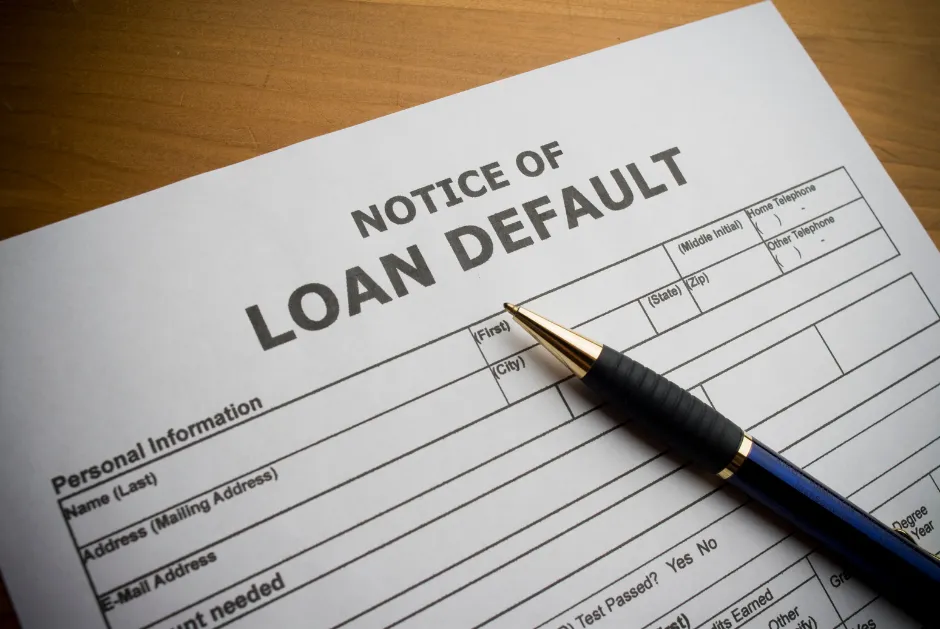
3 Steps to Take When You’ve Received a Notice of Default on Your Home
3 Steps to Take When You’ve Received a Notice of Default on Your Home
Receiving a Notice of Default (NOD) on your home can be a frightening experience, but know that it doesn’t have to be the end of the road. Many homeowners have navigated this challenge successfully, emerging with renewed financial stability and often able to keep their homes. Here’s what to do if you find yourself in this situation:
1. Understand What a Notice of Default Means
A Notice of Default is a formal warning from your lender that you've missed mortgage payments and need to take action. It is often the first legal step in the foreclosure process, giving you an opportunity to correct the situation before more severe actions are taken.
Key Takeaway: This is your chance to work with your lender before the foreclosure process advances. Open any and all communication from your lender, and get clear on your total outstanding balance and any fees that may have accumulated.
2. Assess Your Financial Options
There are several potential paths to avoid foreclosure, and it’s essential to evaluate each one based on your unique financial situation:
Loan Modification: You may be able to negotiate with your lender to adjust your loan terms, potentially reducing monthly payments or extending the loan period.
Repayment Plan: Some lenders will allow you to make up missed payments over time rather than all at once.
Refinance: Although refinancing may seem less likely when you’re behind on payments, some lenders or programs are available to help distressed homeowners find better loan terms.
Forbearance: A temporary pause on payments could provide you with enough breathing room to get back on track, especially if you're dealing with a temporary financial hardship.
Key Takeaway: Schedule a meeting with a financial counselor or real estate professional who specializes in foreclosure prevention. Understanding the right fit for your financial picture can make all the difference.
3. Communicate with Your Lender and Explore Assistance Programs
Your lender may be willing to work with you, but they need to hear from you. Being proactive shows your intent to resolve the issue, which is often looked upon favorably. In addition to working directly with your lender, explore state and federal assistance programs designed to help homeowners in distress.
Some resources include:
Homeowner Assistance Fund (HAF): This federal program provides support for those affected by financial hardships.
HUD-Approved Housing Counseling Agencies: These organizations can offer free or low-cost guidance on foreclosure prevention.
Key Takeaway: Actively seek support. Many states, nonprofits, and government organizations have resources to help homeowners. Engaging these programs early increases your chances of avoiding foreclosure.
The Bottom Line
Facing a Notice of Default can be overwhelming, but remember that you don’t have to go through it alone. Whether you choose a financial option, work directly with your lender, or take advantage of outside assistance, there are steps you can take to keep your home. By taking action, staying informed, and reaching out for help, you can begin to move forward with confidence. Visit Freedom Group Global's Foreclosure Prevention Page for more information or to request help.





